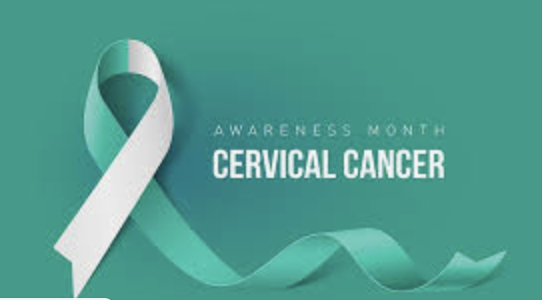
January Is Cervical Cancer Awareness Month
According to the World Health Organization (WHO), about 604,000 women worldwide received cervical cancer diagnoses, and approximately 342,000 died from the disease in 2020. Among women, cervical cancer is the fourth most common type of cancer and the fourth most frequently occurring cancer-related death.
The International Agency for Research on Cancer (IARC) marks January as Cervical Cancer Awareness Month to support the WHO’s efforts to combat the disease. Understanding the risks, symptoms, and early detection methods can protect you and those you love.
What Is Cervical Cancer and Its Symptoms?
The cervix is the tissue in a woman’s reproductive system that connects the vagina and uterus. High-risk variants of the human papillomavirus (HPV) cause most cervical cancers. Some strains of HPV cause changes in the cervix and can lead to cancer over time. Other types produce skin or genital warts.
Most sexually active people will likely contract HPV. Most infected individuals never develop symptoms. However, pre-cancer and cancer cells can develop in women with HPV 16 and HPV 18. Most patients will not notice any signs in the early stages of cervical cancer. However, there may be abnormal vaginal bleeding or discharge when the cancer is advanced.
What Are the Data and Trends, and Who Is Most at Risk?
According to the Centers for Disease Control and Prevention (CDC), the United States saw 12,733 new cases of cervical cancer and 4,138 deaths in 2018. According to the WHO, cervical cancer tends to be particularly common among middle-aged women, especially those living in low- and middle-income nations.
People can increase their risk of cervical cancer if they have human immunodeficiency virus (HIV), which causes acquired immune deficiency syndrome (AIDS). Other people at higher risk include women who have birthed three or more children and those on birth control pills for at least five years. Smoking and having multiple sex partners also heighten the risk.
How Do I Protect Myself?
With today’s prevention and treatment methods, cervical cancer does not have to be a death sentence. Early detection and prevention can effectively combat this health problem.
Screenings
Regular screenings help patients of any age detect and treat pre-cancerous cells. Starting at age 21, patients can get an HPV or Pap test, both of which require extracting a small number of cervical cells.
The Pap test detects cells changes that could signal pre-cancer or cancer. The CDC recommends receiving your first Pap test by age 21. Patients with normal results may wait three years before their next Pap test.
The HPV test looks for the virus that causes changes in cervical cells. The American Cancer Society recommends that people between 25-65 years of age receive an HPV screening every five years.
Although both tests sufficiently detect pre-cancers and cancers, a primary HPV test, which a patient receives by itself, tends to identify cell changes better than a Pap alone. Also, primary HPV screening does not generally require follow-up tests if abnormal results do not show pre-cancer.
If you need screening and are at least 30 years old, you have screening options:
- You can get a Pap test with a previous normal result and wait three years before your next Pap.
- If you have a normal result from a primary HPV screening, you can wait five years before subsequent testing.
- If you get normal results from both tests, you can screen again after five years.
If you are at least 65 years old, you can discontinue screenings after 10 years of normal results. Otherwise, you still need regular screening until you have normal results for a decade. If you have low income or lack health insurance, you might qualify for free or low-cost screenings through the CDC’s National Breast and Cervical Cancer Early Detection Program.
HPV Vaccine
The HPV vaccine safeguards women and men from HPV strains that can cause cervical cancer. Vaccination before HPV exposure is essential because it does not treat existing infections.
The American Cancer Society indicates that children as young as nine and adults up to 26 years old can get the vaccine. People aged 27-45 who have yet to get vaccinated might consult their physicians about their potential risks for HPV infection, vaccine side effects, and potential benefits from inoculation.
HPV vaccinations have effectively slowed the spread of HPV and cervical cancer. Since 2006 when the vaccines first emerged, infections of high-risk HPV types causing cancer and genital warts have dropped 88 percent among teenage girls. Young adult women have seen an 81 percent reduction. Vaccinated individuals should continue regular screenings based on recommendations for their age groups.
Research and materials for this article were compiled, written, and distributed on behalf of the National Public Health Information Coalition. The views and opinions expressed in this blog are those of the various authors and do not necessarily reflect the official policy or position of the National Public Health Information Coalition or its members.
References

